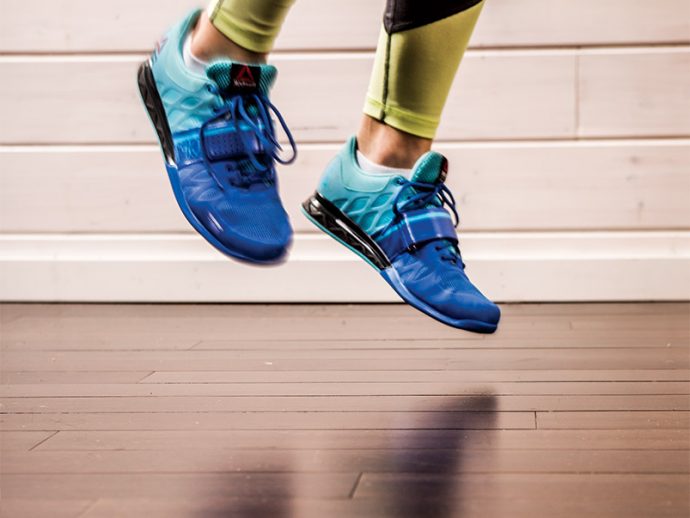
October is Breast Cancer Awareness Month—the right time to examine how exercise can reduce our risk of getting this cancer.
What’s the cause?
Two out of three breast cancer cases are directly linked to the quantity of sex hormones circulating in the body. While estrogen is essential for healthy cell growth, high lifelong exposure can cause rapid cell division that may lead to cancer cell mutation.
How does exercise help?
Physical activity can decrease sex hormones like estrogen. Studies have shown that physically active women—including postmenopausal women—can reduce their risk by 20 to 40 percent.
Exercise also helps us maintain a healthy weight. With less body fat, there is lower production of estrogen in fat cells. Plus, a healthy weight balances insulin levels and reduces internal inflammation, which may also reduce breast cancer risk.
Finally, regular exercise helps us build stronger bones and reduce our risk of falls and injuries that could prevent us from doing cancer-preventing exercise in the future.
How much exercise is enough?
Evidence strongly suggests at least 30 to 60 minutes of moderate intensity activity (when it’s slightly difficult to catch your breath) or vigorous intensity activity (when you’re huffing and puffing) at least five days a week. If you’re brand new to exercise, start slowly. A brisk 30-minute walk may be enough for you to enter the moderate intensity zone and benefit from reduced cancer risk. But don’t stop there: generally, the more you exercise, the greater the benefit.
A lifetime of regular exercise provides the greatest protective benefits, so find an activity you’ll stick with long term. Dedicate a specific time in your schedule to a cancer-combating fitness routine. Join a class, go for walks with a friend or do quick 10- or 15-minute workouts.
The 15-minute, no-excuses workout
Sometimes life is too busy to find a block of 30 to 60 free minutes per day. Instead, try breaking up your workout into a few 15-minute bursts of moderate physical activity.
This moderate intensity workout is known as a circuit. Start with 2 minutes of stretching. Perform each activity for 1 minute and then immediately begin the next. Do this circuit four times. Cool down with 1 minute of stretching to successfully accumulate 12 minutes of exercise plus 3 minutes of stretching.

Knee-High Run (or Walk)
- Begin in a standing position with feet shoulder-width apart and hands by your sides.
- Contract your stomach muscles as you lift one knee up to your waist.
- Switch knees. Keep weight on the ball of your foot.
- Swing your arms, keeping them bent at a 90-degree angle as you switch knees.

Hops and Squats
- Stand with your feet shoulder-width apart and hands on hips.
- Bend your knees. Keep your torso tall as you squat down.
- Jump up, then immediately squat back down.
- If you have bad knees or are just starting out, skip the hop. Simply stand up after you bend your knees and squat down.

Heel Kicks
- Stand with your feet together, hands on hips and torso tall.
- Bend your left knee and leg so left heel touches your bottom.
- Quickly switch legs. Bend your right knee and leg so right heel touches your bottom.
- Repeat as quickly as possible while maintaining proper form.

